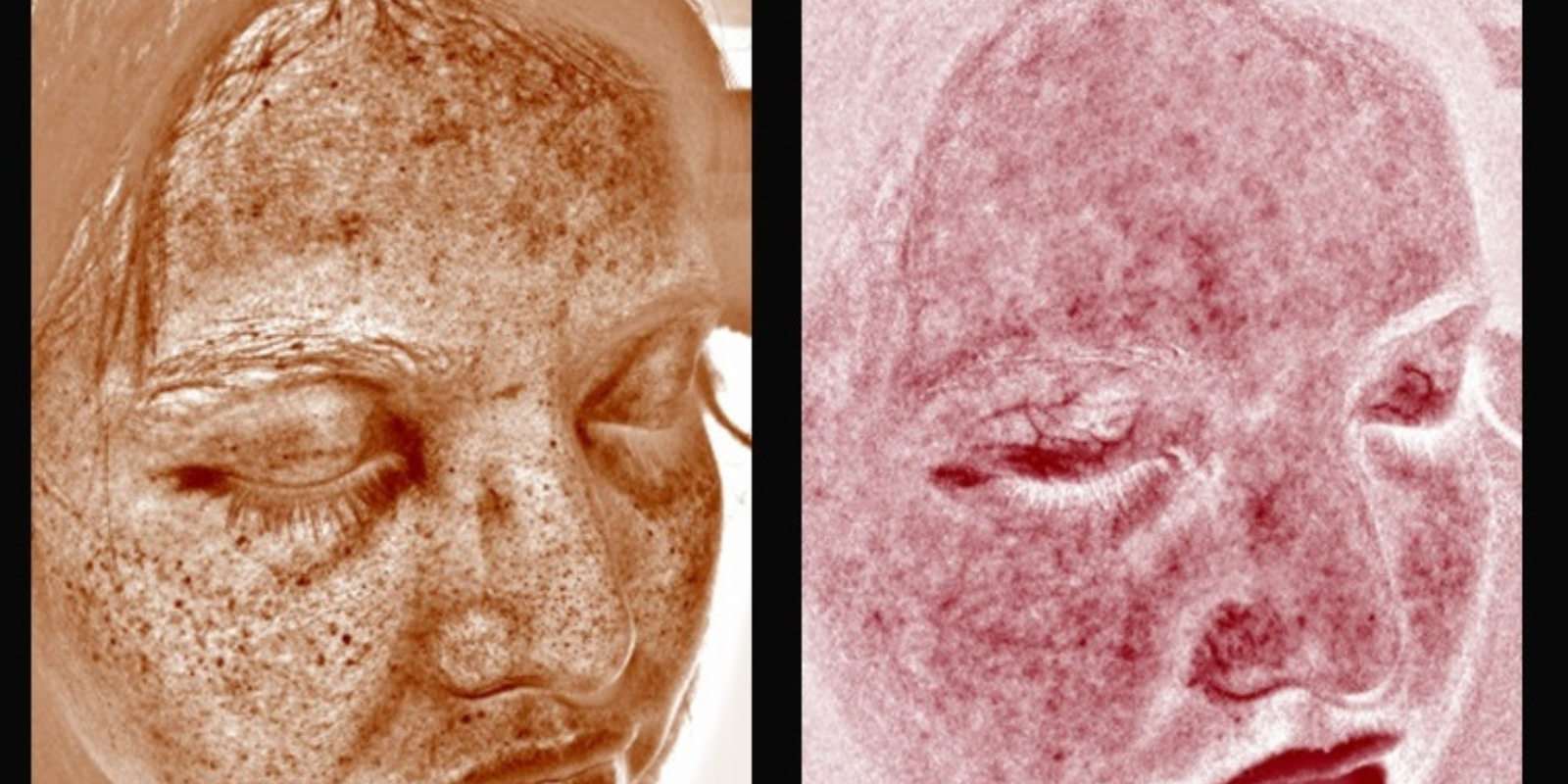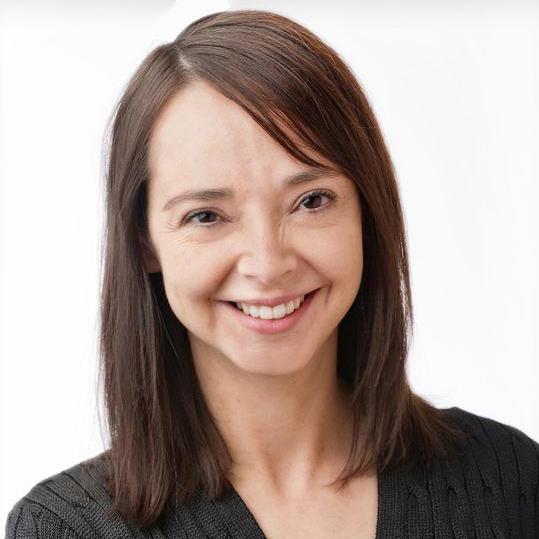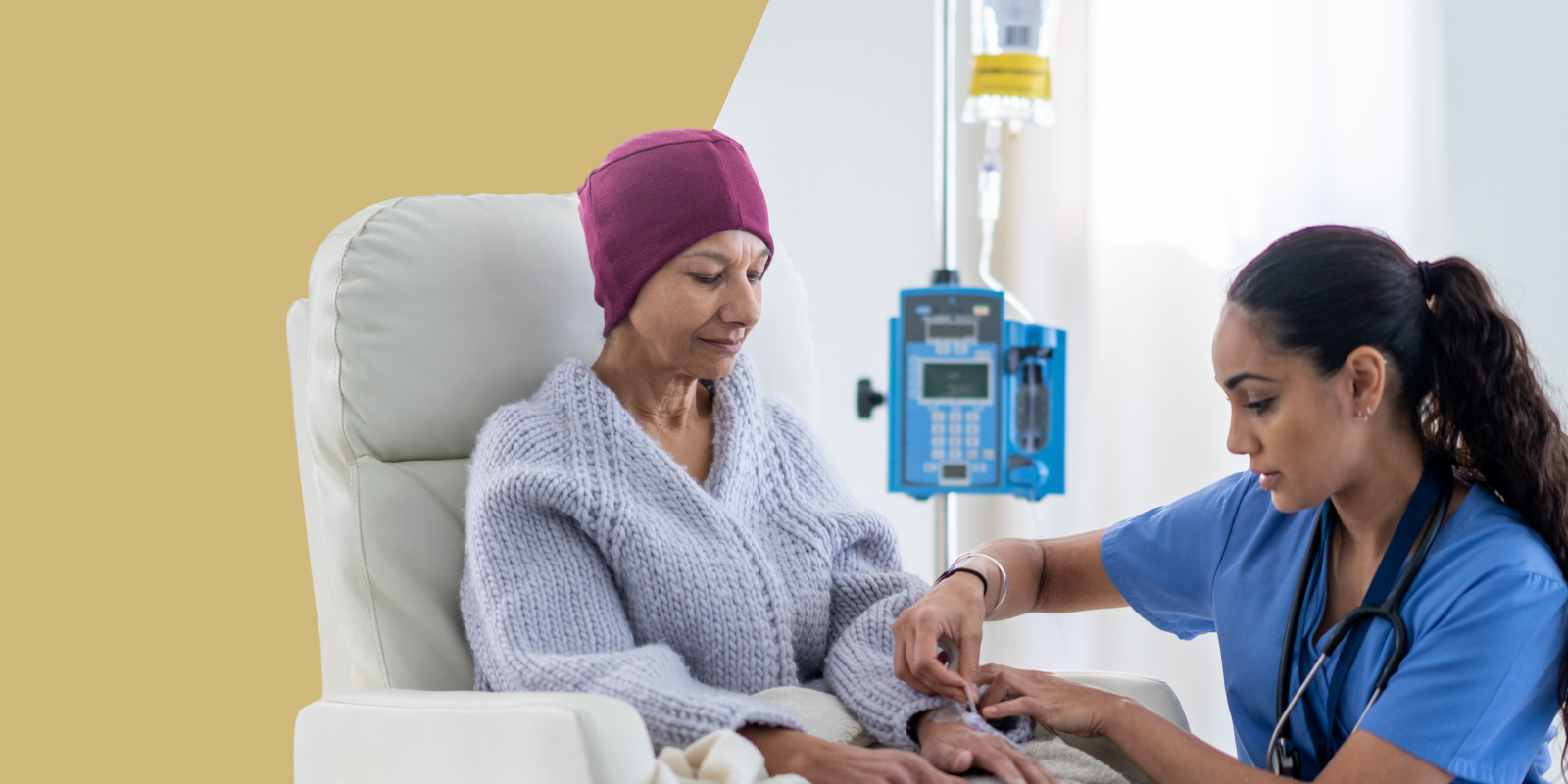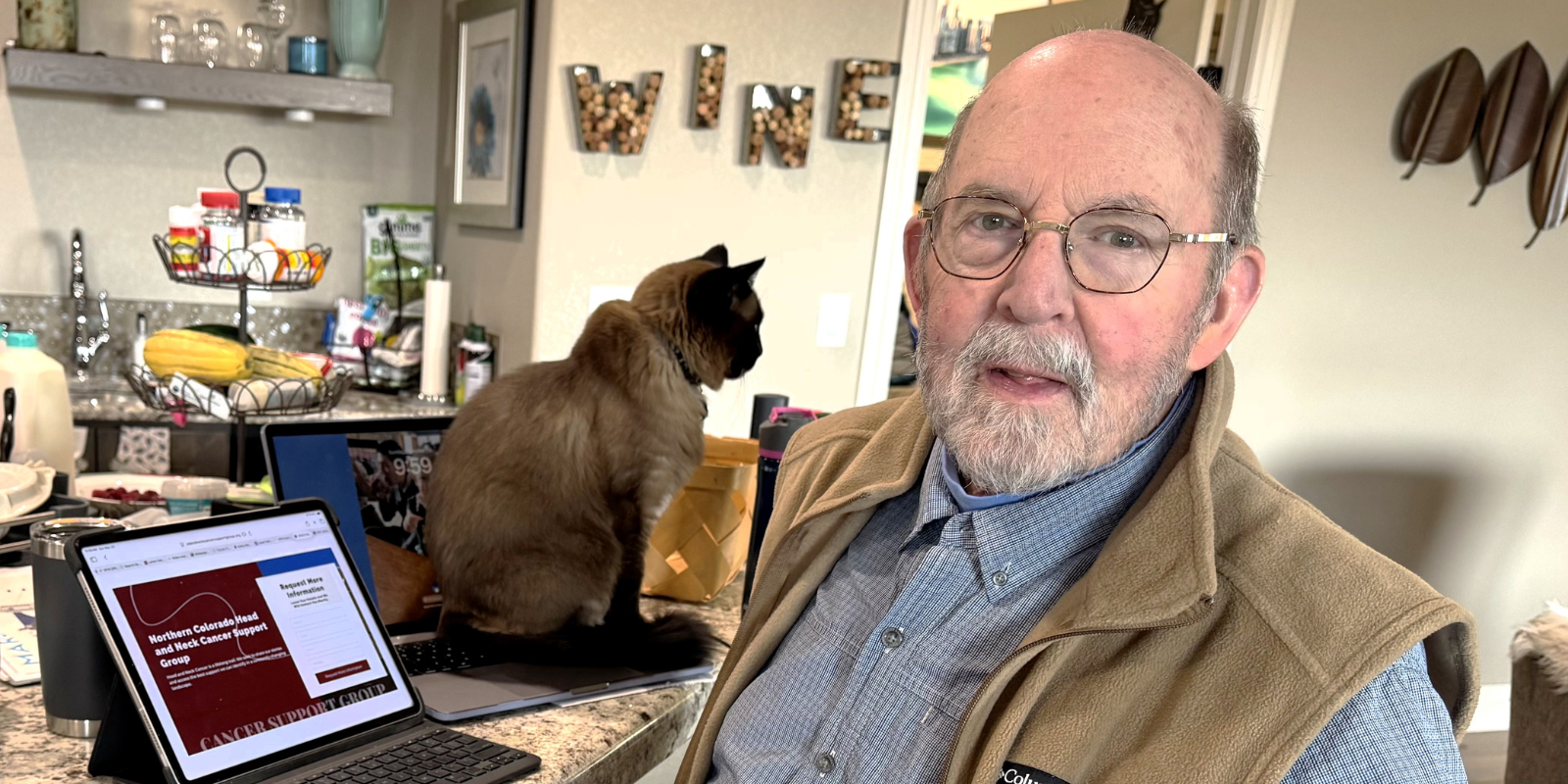When Tatiana Gerena, MPH, CPH, visits Denver-area high schools to teach students about sun safety, she doesn’t just talk about the damage that sunlight can cause to your skin. With the help of a UV camera, she can show each student the effects of ultraviolet radiation on their face and hands.
“Living in Colorado, young people tend to tan a lot more — myself included, when I was a teenager,” says Gerena, principal community outreach and engagement coordinator for the University of Colorado Cancer Center’s Office of Community Outreach and Engagement (COE). “Usually we'll do the presentation, and afterward, we use the camera to show current skin damage.”
The UV camera makes visible the brown spots on the face where melanin has accumulated in response to sun exposure, Gerena says, as well as areas of skin that have more blood flow because of sun damage, which can lead to skin cancer.
“Melanin is a pigment that our bodies create naturally as protection from the sun,” she says. “People associate tans with beauty and looking sun-kissed, but a tan is a response from our skin when it's being damaged. It's producing more melanin to protect us from UV rays. Someone who always wears sunscreen should have fewer brown spots than somebody who is always outside and never wears sunscreen.”
In addition to using the UV camera in high schools, the COE plans to begin using it soon as part of an outreach effort to Colorado migrant workers, who spend hours in the sun each day. For both populations, the COE hands out sun-protective armbands and sunscreen, vital tools in staying protected from the sun’s harmful rays — especially in Colorado, where the higher elevation places people much closer to the sun.
For more information about sunscreen and how to choose and apply the one that’s best for you, we turned to CU Cancer Center member Theresa Pacheco, MD, associate professor of dermatology at the CU School of Medicine.





